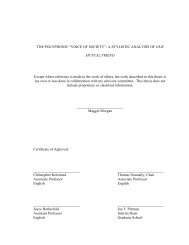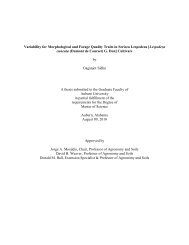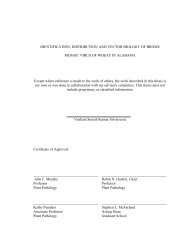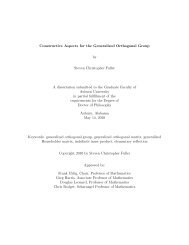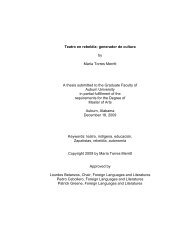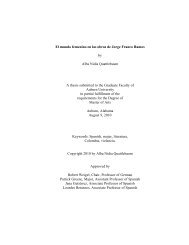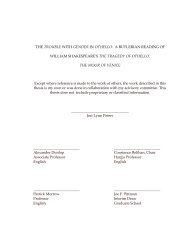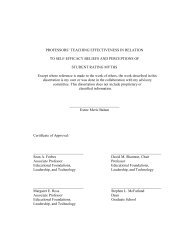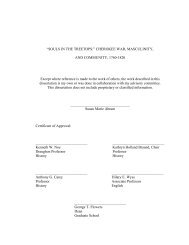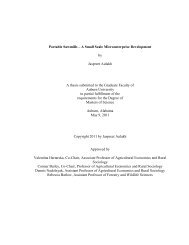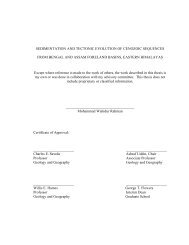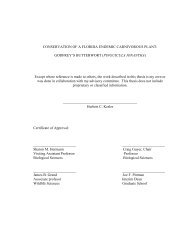Enhanced Polymer Passivation Layer for Wafer Level Chip Scale ...
Enhanced Polymer Passivation Layer for Wafer Level Chip Scale ...
Enhanced Polymer Passivation Layer for Wafer Level Chip Scale ...
Create successful ePaper yourself
Turn your PDF publications into a flip-book with our unique Google optimized e-Paper software.
creep de<strong>for</strong>mation and time independent plastic de<strong>for</strong>mation, it is not recoverable while the<br />
elastic de<strong>for</strong>mation is recoverable. A combination of plastic, elastic, viscoplastic, or<br />
viscoelastic/creep models can be used to represent the constitutive behavior of materials.<br />
In order to simulate correct solder stress-strain behavior under different loadings, the<br />
selection of constitutive model <strong>for</strong> solder joints is very critical since it is one of the important<br />
factors that can affect the accurate evaluation of the fatigue strength. Several creep and<br />
viscoplastic models have been discussed in the past to describe the thermomechanical behavior<br />
of SnAgCu solders.<br />
Anand Viscoplastic Model: Anand [91] proposed a simple set of constitutive equations<br />
<strong>for</strong> large, isotropic, viscoplastic de<strong>for</strong>mations. There are two basic features of this model. First,<br />
no explicit yield condition and no loading/unloading criterion are used. Second, this model<br />
consists of single scalar internal state variable "s", called the de<strong>for</strong>mation resistance, to measure<br />
the isotropic resistance offered by the solder to the plastic flow. The Anand model can represent<br />
the physical phenomena of strain-rate and temperature sensitivity, strain rate history effects,<br />
strain-hardening and the restoration process of dynamic recovery. This model is broken down<br />
into a flow equation and three evolution equations. The flow equation accommodates the strain<br />
rate dependence on the stress at constant structure:<br />
where p<br />
<br />
Q <br />
p Aexp<br />
sinh <br />
RT<br />
<br />
s<br />
<br />
<br />
100<br />
1/ m<br />
(5-1)<br />
is the inelastic strain rate, A is a pre-exponential factor, Q is the activation energy, T is<br />
the current absolute temperature, R is the universal gas constant,ξ is a multiplier of stress, σ is<br />
the current tensile stress, s is the internal state variable (de<strong>for</strong>mation resistance), and m is the




